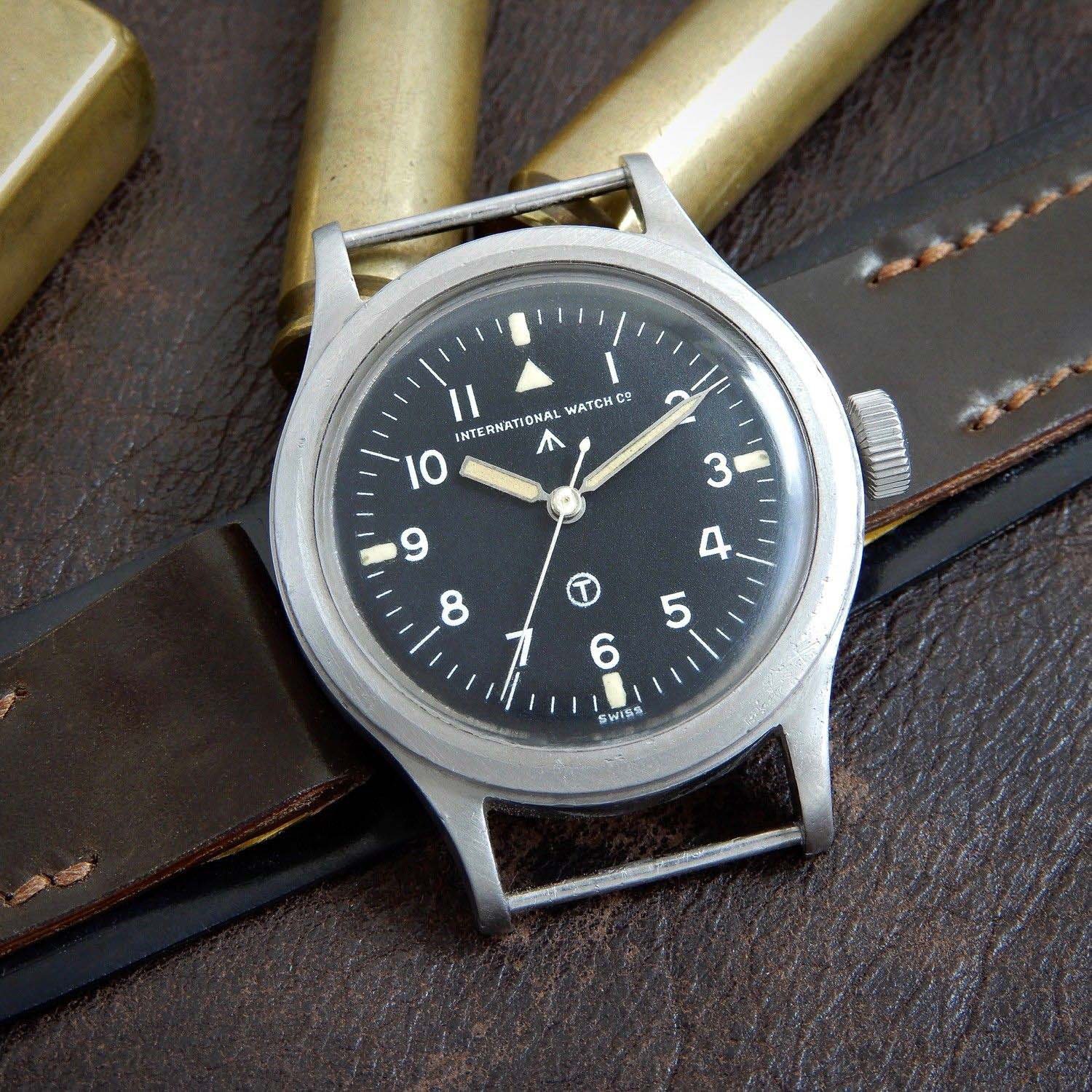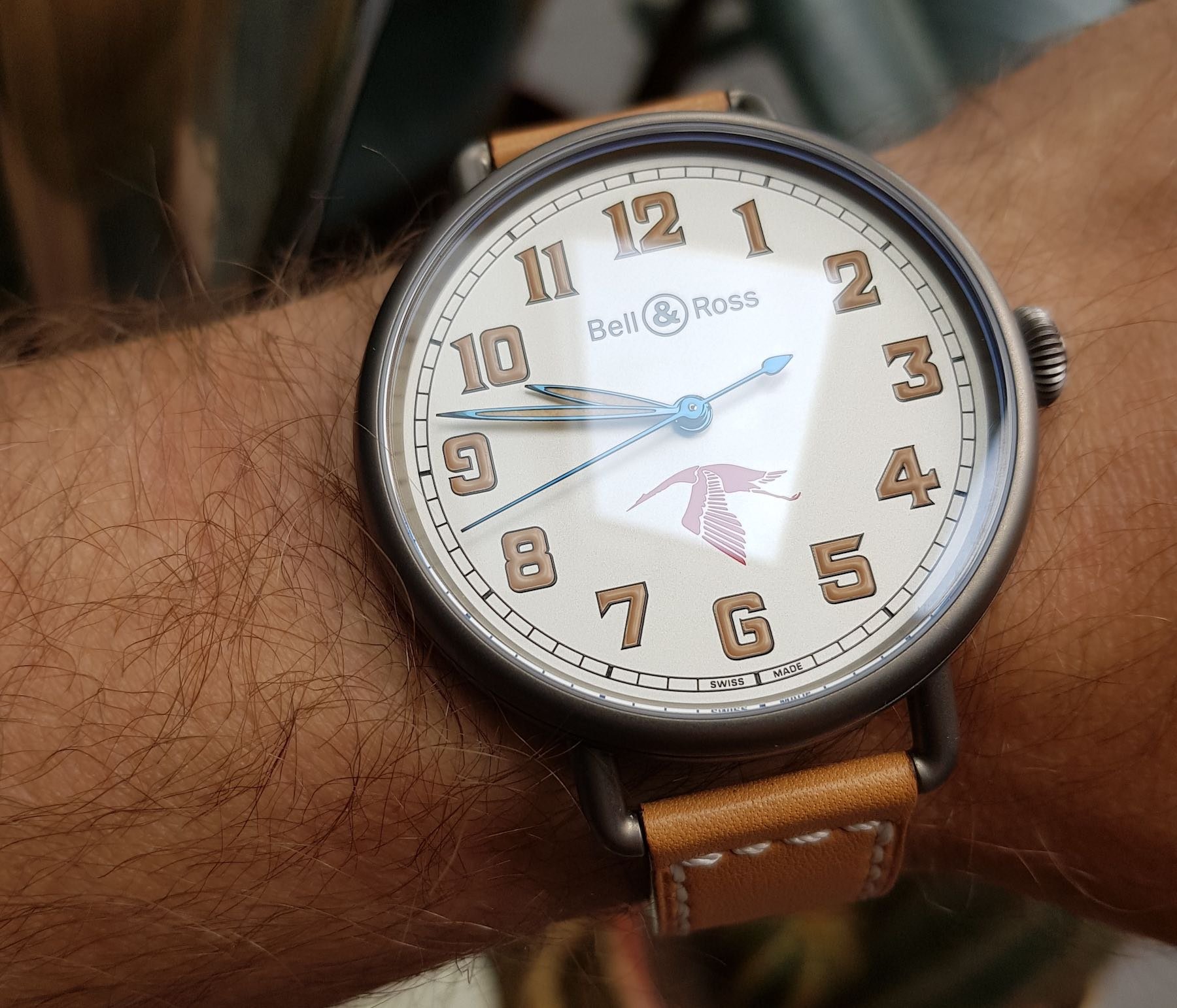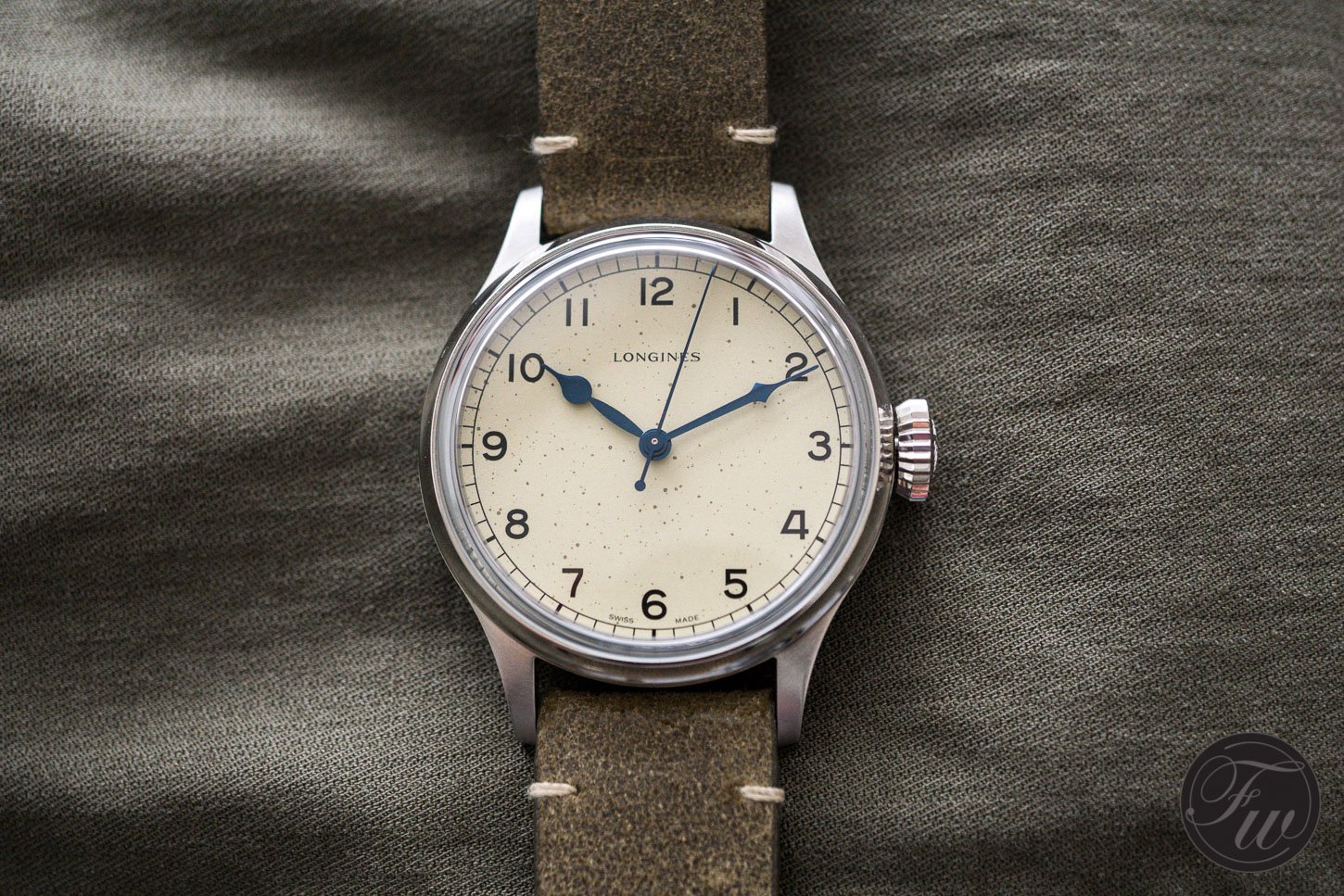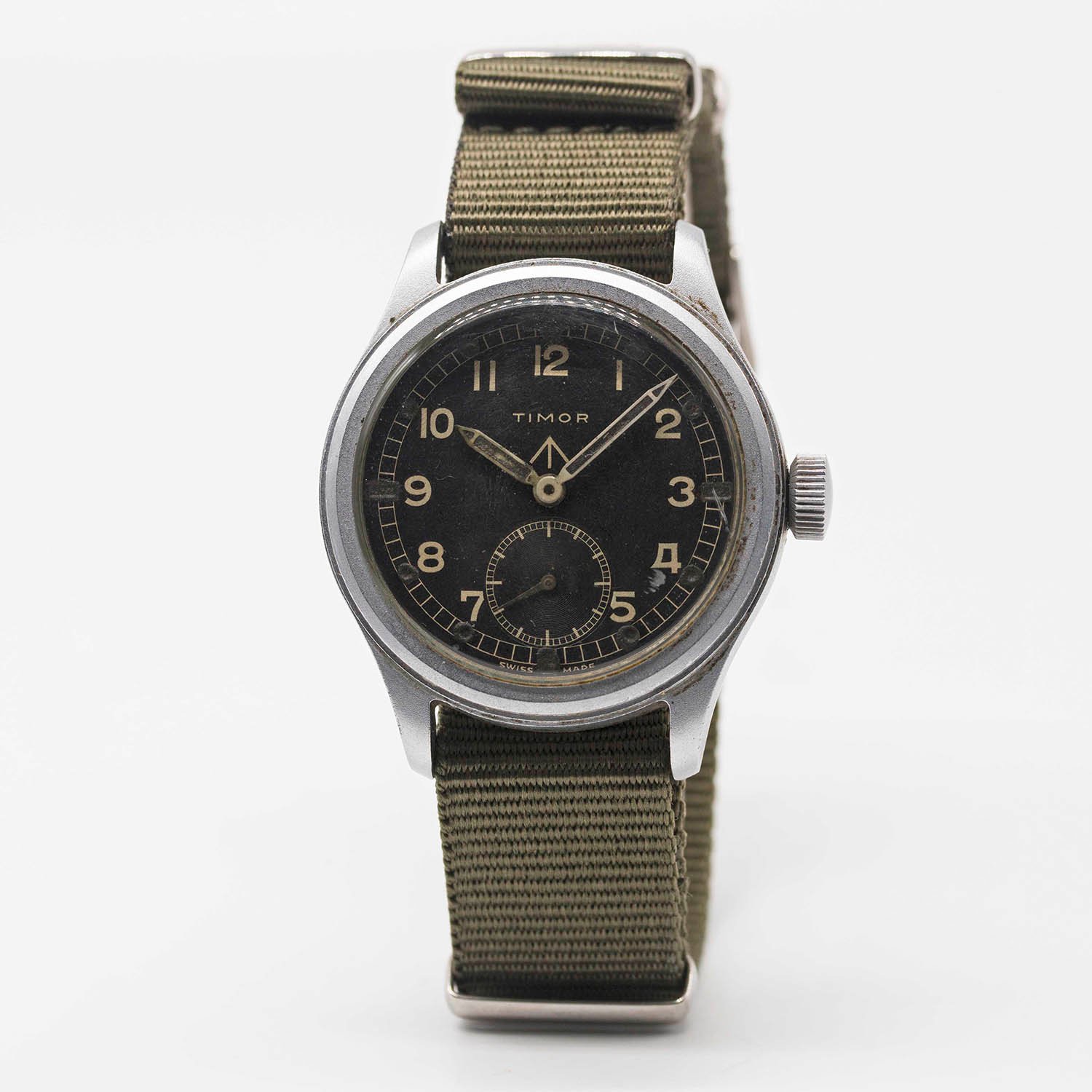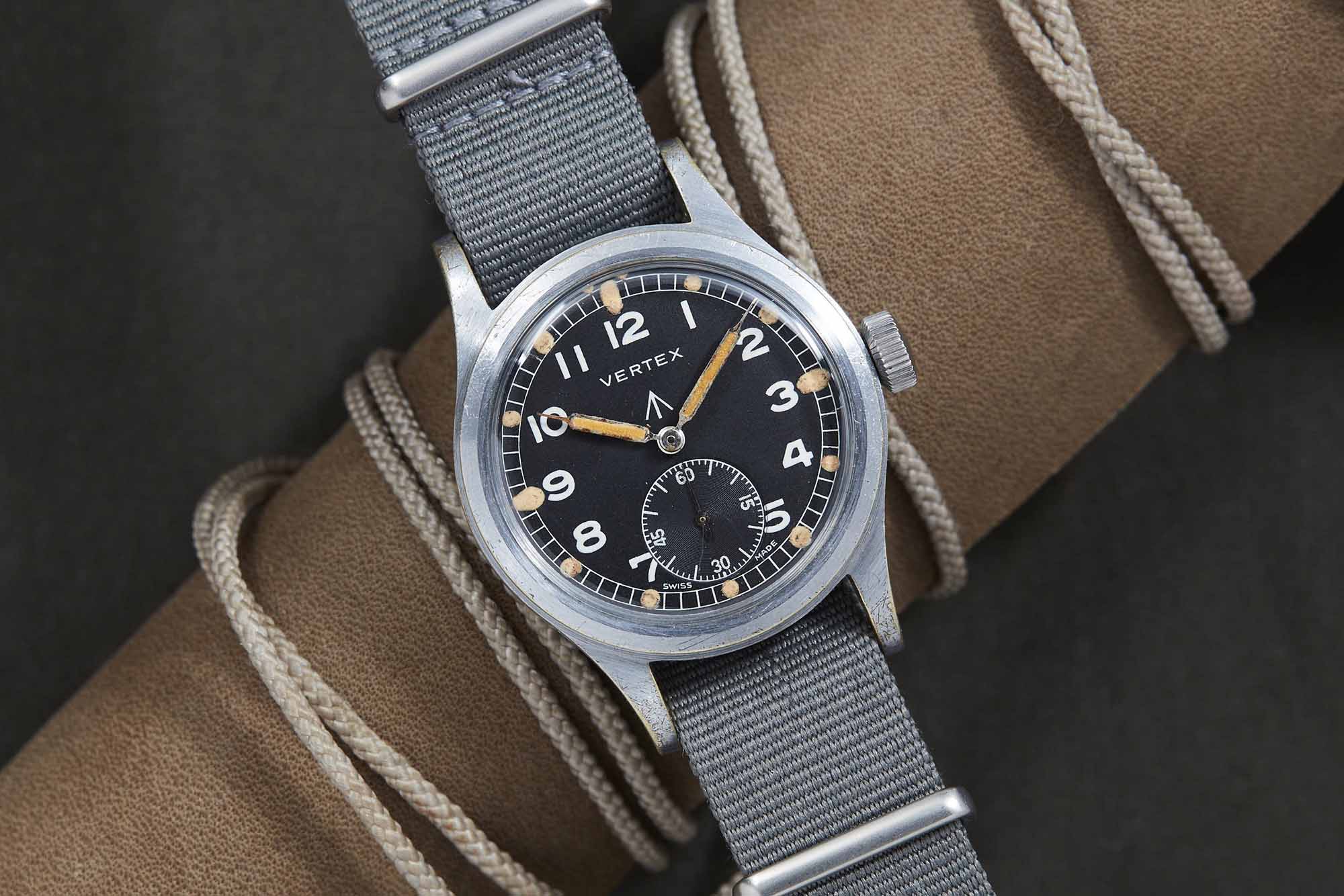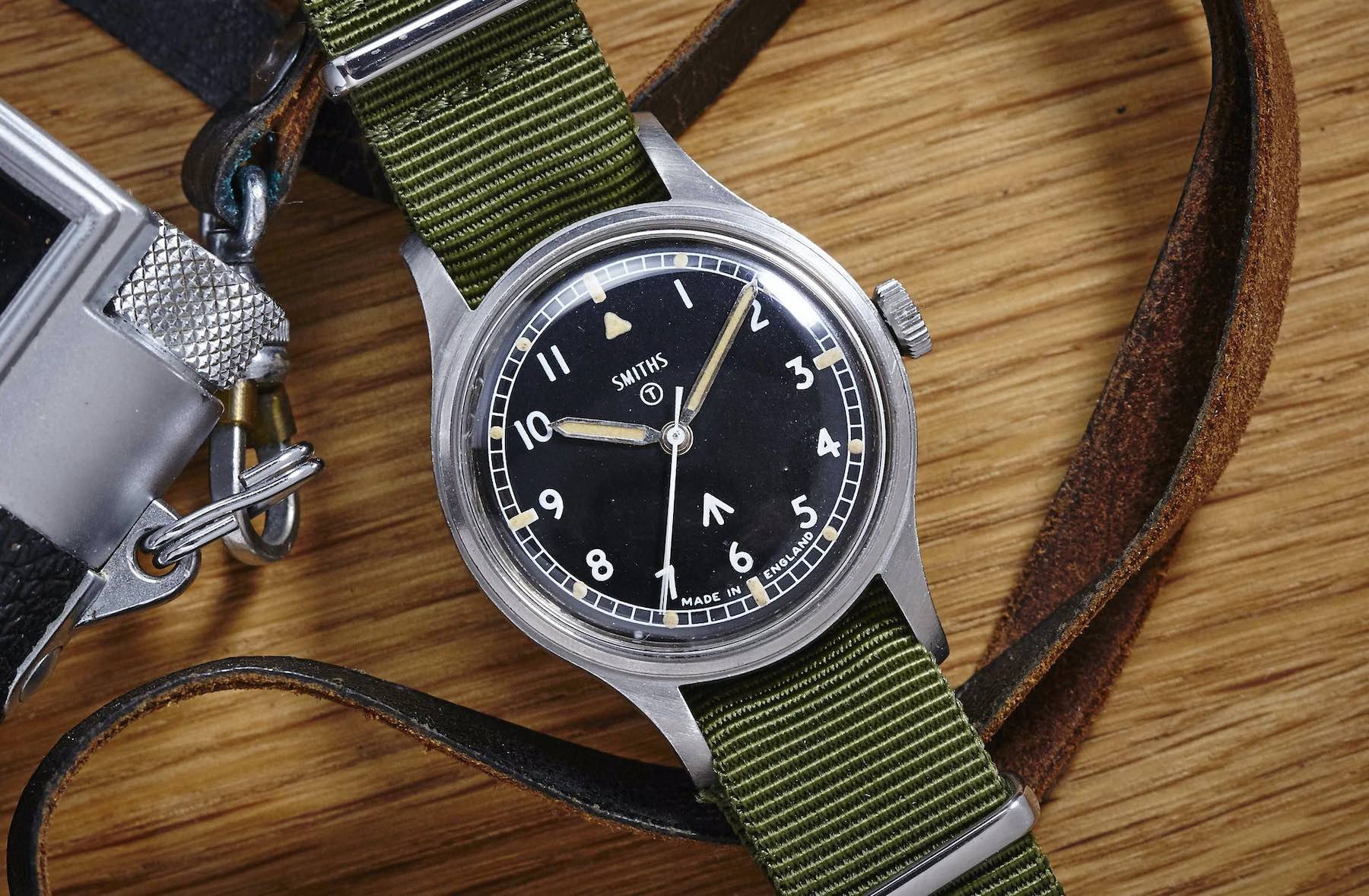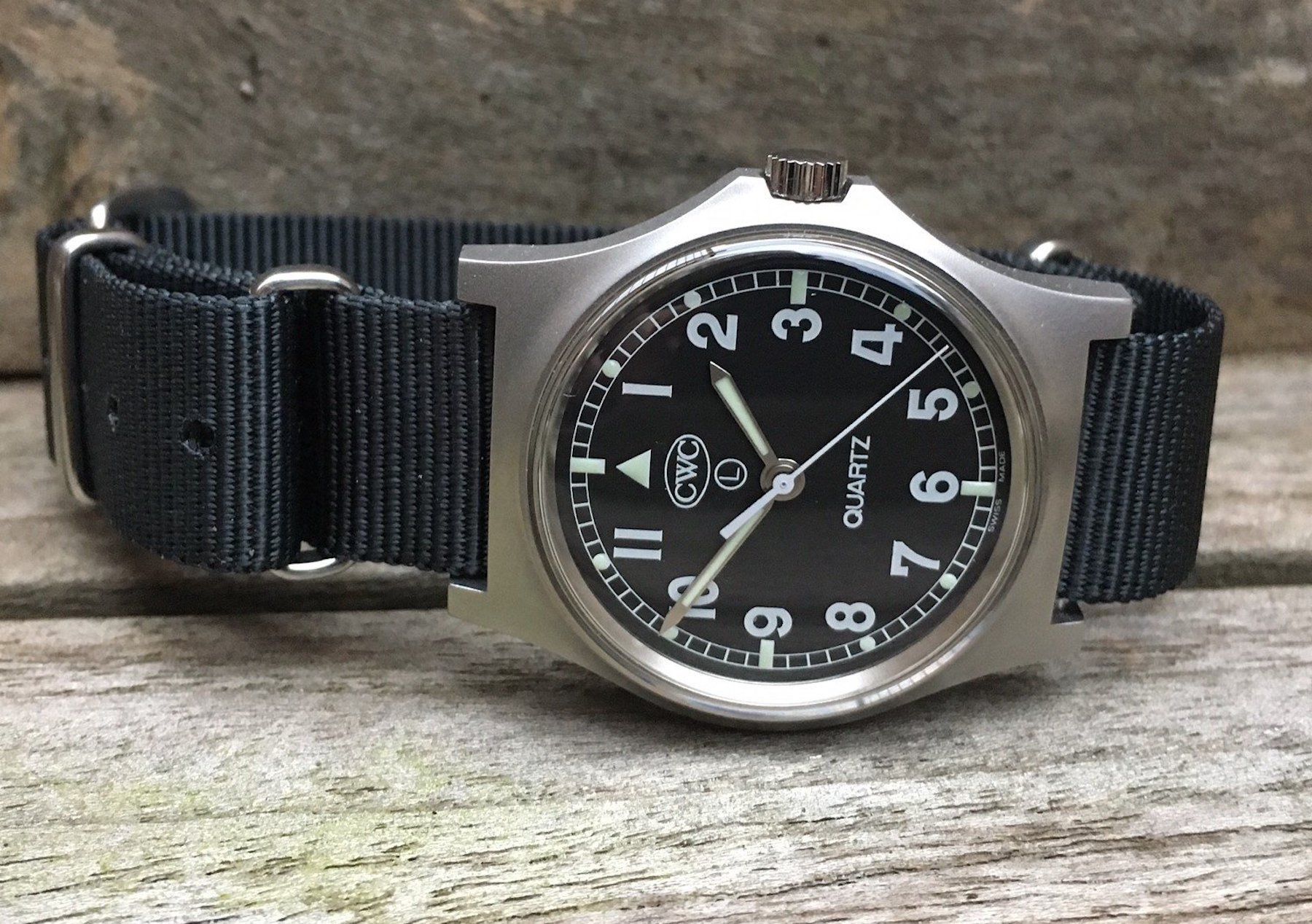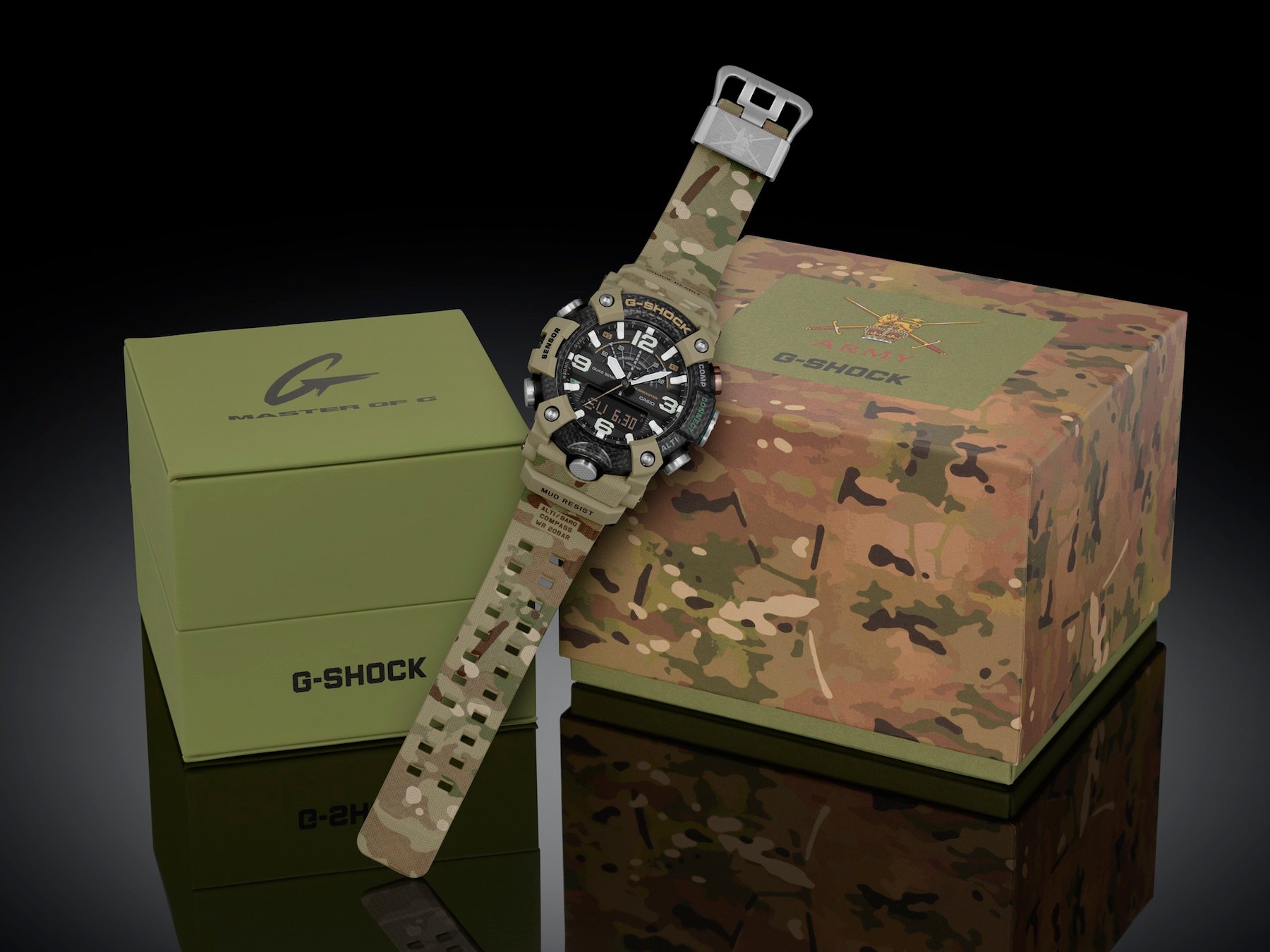You Asked Us: What Watches Does The British Army Wear?
The full, exhaustive history of watches worn by the British Armed Forces (and all associated squadrons/units/regiments and so on) could fill several volumes. Here we will pick-up on some of the more famous watches worn by the British Army.
Nowadays, military watches are incredibly popular for their no-nonsense layout and hardy construction. We often forget that it has its roots in real military conflict. In fact, the advent of wristwatches itself might well have war at its core. The British Army is one of the most famous military forces around the globe. Historic images of British Tommies have romanticized the army’s reputation, which, throughout its history, has fluctuated. From the bloody times of the Empire to the modern-day peacekeeping missions, the British soldier is a recognizable figure around the world. Regarded as brave, proud, and loyal. And strapped to their wrist, a simple, highly-legible, battle-scarred beater. Let’s learn more about the watches that kept time for the British Army in the past…
The Second Boer war
Watches used to be worn in the pocket. Nobody knows for sure when they migrated to the wrist. Cartier is often credited with commercializing wristwatches for men, but it is certain that examples of men wearing their watches on their wrists existed long before Alberto Santos-Dumont took to the skies above Paris with the world’s first pilot’s watch on his person.
…simple wire lugs…
During the Second Boer War (1899-1902) soldiers modified their pocket watches so they could wear them on their wrists. They did this by soldering simple wire lugs to the case and then attaching a leather strap (like a belt). This period is one of the first from which written evidence of men wearing watches on their wrists exists. This style of “trench watch”, defined by its large, pocket-watch-sized case, clear and uncluttered dial (often with a 6 o’clock second sub-dial) and thin, spindly wire lugs, is still available today. For an example of a modern interpretation of this watch, check out my very own Bell & Ross Guynemer Limited Edition below.
The First World War
By the time the First World War rolled around, wristwatches for men were still not mainstream fare. It wasn’t until the outbreak of the first major global conflict that companies started to take note of a soldier’s needs. Swiss movements were fitted to English-made cases (by companies such as Dennison). These cases met the requirements laid out by the British Military. Snap-on case backs were out. Threaded case backs were in.
The Second World War
This is when things got really serious. Wristwatches were, by now, commonplace. The techniques surrounding their creation were much refined. Furthermore, the British Military had more exacting demands than ever before.
…the A.T.P. design…
When the war began, the forces needed a watch. At least 17 and as many as 22 companies were commissioned to produce watches following the A.T.P. (Army Trade Pattern) design. These watches were all relatively similar three-handers. Their cases were made from stainless steel and they had easy-to-grip crowns, luminous displays, and pale-colored dials (which was in stark contrast to many of the dark-dialed, radium-lumed timepieces of WWI).
Brands like Longines, Omega, and Jaeger-LeCoultre contributed watches to different sections of the British Military throughout the end of the war. But there was more to come. Just before the fighting ended, watchmaking’s most famous contribution finally arrived in the hands of troops.
The Dirty Dozen
Delivered in 1945, the W.W.W. (Watch. Wrist .Waterproof.) watches were produced by 12 companies (all using Swiss-made movements). These companies later became as “the Dirty Dozen”. These are probably the most collectible watches ever worn by the British Army. If you find one for a good price, you’d be wise to pick it up. The brands in question were Omega, Vertex, Grana, Cyma, Eterna, Lemania, Longines, Jaeger Le-Coultre, IWC, Record, Buren, and Timor.
…the Omega is actually one of the easiest to find.
Of the 12, the Grana is probably the most sought after (only around 1,000-1,500 pieces were ever delivered). The second-rarest pieces would be the Longines and the Eterna (with an estimate of 5,000 pieces each delivered). The IWC (6,000 est.) and Lemania (8,000 est. and my personal favorite aesthetically) round-out the models with production runs beneath 10,000. Good news for Speedy fans — Omega and Record both produced around 25,000 watches each. That means the Omega is actually one of the easiest to find.
Keep your eyes peeled for an Enicar watch from the same era in the same style. Enicar was actually commissioned to produce the same product by the British Military. Curiously, there is no evidence of any samples ever having been made. Had just one slipped out of the factory, we’d be dealing with a Baker’s Dozen instead. It is, of all military watches in history, the closest thing to a Holy Grail of which I’ve ever heard (by that I mean no one knows if it exists, and, if it does, its value would be beyond compare).
Smiths has its day in the sun
Before the chronographs came along, the Smiths W-10 was king. And the coolest thing about it? Made. In. England. And that includes the movement. Measuring 35mm, it is certainly small by today’s standards (and even by early military watch standards). But it wears a lot larger due to its wide, uncluttered dial. Moreover, it is perhaps the closest watch to the idea of a traditional military timepiece in this list.
Chronographs enter the fray
In the late ’70s, Hamilton, CWC, Newmark, and Precista produced some really beautiful dual-pusher chronographs for the Army. The Bicompax, dual-pusher chronograph produced by CWC at this time is, to me, one of the most beautiful military watches ever made. Fortunately, a modern reissue is available from the company today.
CWC back in the picture
The G10 was an iconic watch. It was not only a cool looking thing, but its code name has a bigger meaning in the watch world. NATO straps should officially be known as G1098. This was their original stock code. The CWC G10, which was first issued in 1980, was fitted to a G1098 (and had fixed spring bars). Other brands also made these cheap and disposable quartz watches (Precista and Pulsar to name but two).
…”fat-boys”…
They are also quite collectible thanks to distinct differences between different generations. The earliest models were chubby little things nicknamed “fat-boys”. They got this unfortunate moniker courtesy of their thicker cases. The second wave slimmed down slightly, and the final models were certainly much slimmer in profile. Different codes used on the cool, battery-hatch-occupied case backs can send collectors into a frenzy.
Jumping to the modern-day
While British Service personnel wear a variety of timepieces depending on their specific role within the forces, the British Army “brand” has had an official partnership with Casio as of this year. The new, limited edition British Army Mudmaster may not be the most practically-sized timekeeper, but its wide array of functions makes it a very useful tool in the field. I own the most recent, non-limited Mudmaster. It boasts almost the same functionality and I can attest to its usefulness and useability. As such, it certainly seems a good choice for the Army’s “official watch” of 2020. Learn more here.

